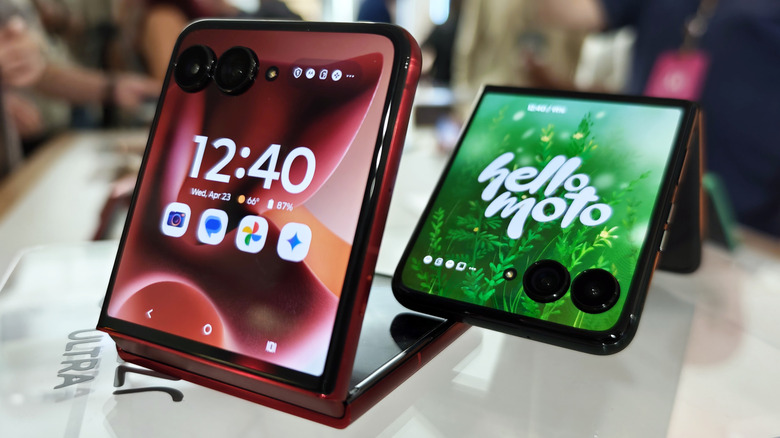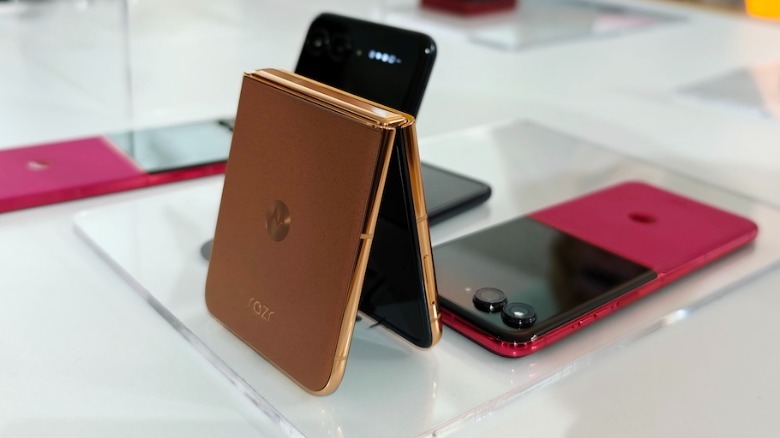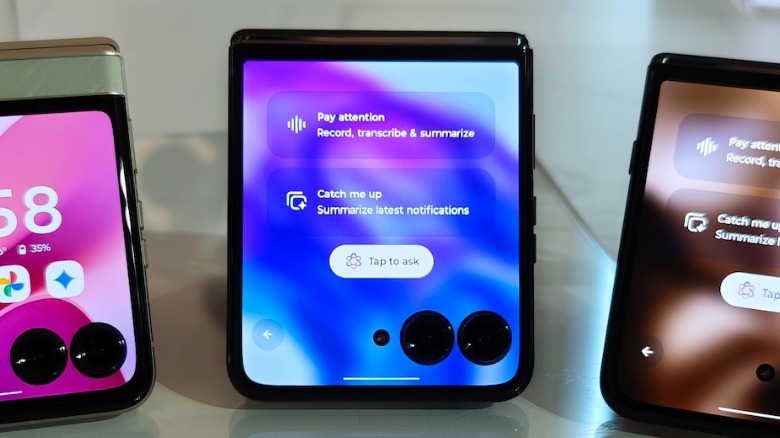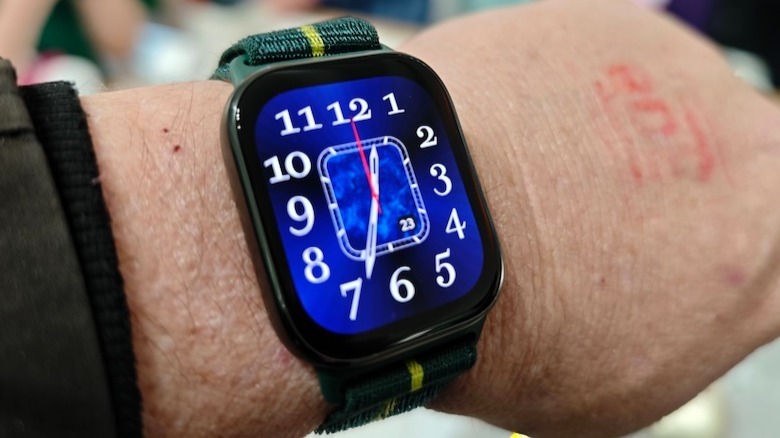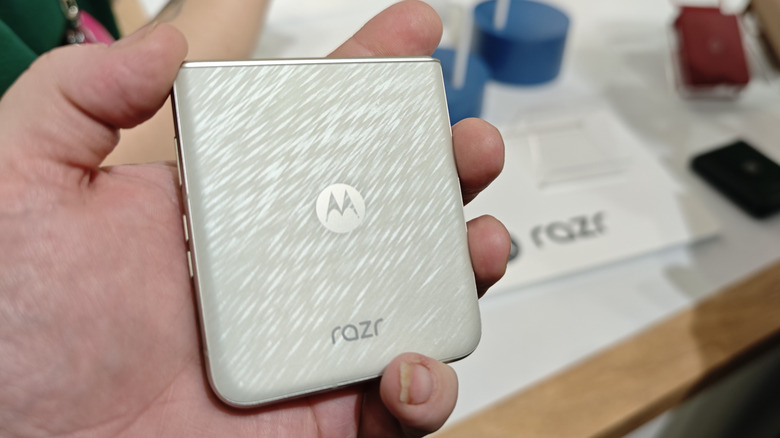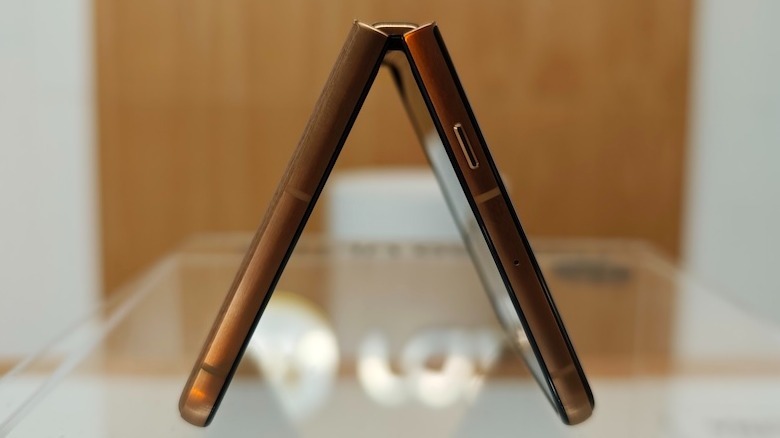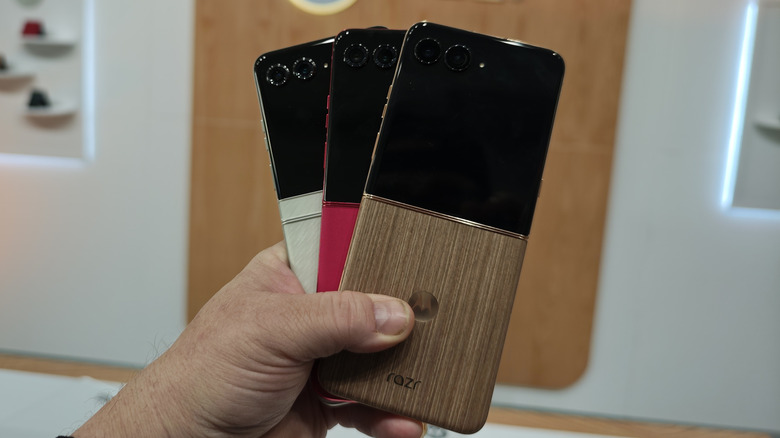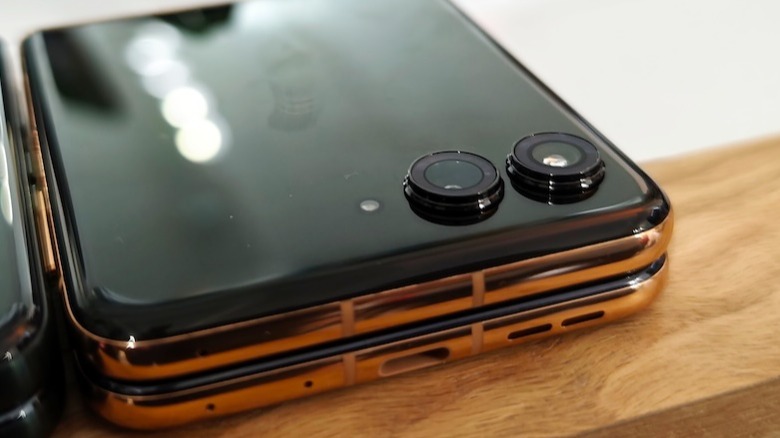Moto Razr Ultra First Look: Finally, A True Flagship Foldable
Motorola has built one of the best foldable smartphones you can buy today. When compared to its nearest competitor, the Samsung Galaxy Flip 6, Moto owns a more complete experience along with beautiful and colorful designs. So it's time once again to refresh the lineup, and this year, Motorola says three's company.
Along with the Moto Razr and the Razr Plus, Motorola introduced the Razr Ultra, and in many ways, it earns the Ultra moniker — including the price tag. But, Moto had a few other introductions to make at the event, in the form of Moto Things, and of course, Moto ai. Then, there's also the new generation of Moto's two popular Razrs. So, while we'll discuss my time with the Razr Ultra soon enough, there were a few other interesting elements to explore. Here's everything Motorola launched today at its event in New York City.
Moto Ai
It's 2025, so of course you can't discuss (really anything) without bringing up AI. Moto has its own brand of AI and it starts with the dedicated AI key on the side of the Moto Razr Ultra. The new button is located on the opposite side of the phone from the power button and volume rocker, and it's specifically there to launch AI. You'll also have a variety of options for what flavor of AI you get.
The Moto Razr comes with Perplexity, Gemini, and Meta Llama 3 all built in and performing a variety of functions. Moto AI is supposed to be a smarter digital assistant with specific use cases in mind: features like Catch Me Up are designed to give you a summary of what has been happening on your phone in your absence, while "Remember this" is similar to Nothing's Essential Space that is shipped on the Nothing Phone (3a) Pro. With Remember This, you can take a screenshot or a photo and ask the phone to remember it for quicker recall later.
One of the coolest implementations is what Motorola is calling Look and Talk. When the Razr Ultra (it's exclusive to that model) is in Tent Mode or Stand mode, you can just look at your screen and talk to your phone with no trigger words or button presses. The phone will recognize you're looking and start up the AI assistant to perform your commands. This is the cleaner implementation of AI that we've been looking for, if you ask me, and I'm here for it.
New Moto wearables for your ears and wrist
In addition to the Razrs three, Motorola also introduced a pair of wearables. Not much is known about them at the moment, since only short demos were available in the hands-on area, but what I saw seems pretty cool.
First, there are the Moto Buds Loop which are open back earbuds that clip onto your ear lobe. This is not really unusual; in fact, a lot of brands have released earbuds like these of late. But Motorola partnered with Swarovski crystal to embed its signature pretty rocks into the band on the buds. If you've ever wanted earbuds with bling, I have some good news for you.
The other wearable is the Moto Watch Fit. This is an Apple Watch clone with a side button instead of a digital crown. The watch is powered by RTOS and is primarily designed to pair with a Moto ai-enhanced smartphone. With it, you can design custom watch faces with Moto AI and import them to the watch. That was about the only use-case Motorola could present to pair with a specifically Motorola device, but the watch will work with any Android phone. Notably, your health data is only compatible with Motorola's app, and not any other services like Google Fit, or even Strava/running apps. The watch is advertised to have a battery life of around 16 days.
Razr Refeshes
Moving on to the non-Ultra Razr phones, they will both seem familiar. The Razr+ in particular is considered to be more of a relaunch, with very minor improvements over last year's Moto Razr. They both have a litany of the same specs including scenes, cameras, processor, RAM, storage, and battery. The main difference comes in the redesigned, titanium reinforced hinge mechanism. That's about it. So, to put it very plainly, if you already have a 2024 Razr Plus, this is not worth an upgrade.
The Razr has a few differences to it. First, all Razrs have an IP rating of IP48, up from IPx8, so that's a worthy improvement. The Razr has a MediaTek Dimensity 7400X processor, which is a bump up from last year's processor, and the same hinge redesign. Beyond that, they have the same screens, RAM, storage, and battery. To answer the same question here, if you have a 2024 Razr, it's probably best to just hold onto it.
The real upgrade is in the Ultra
Finally, we have the Motorola Razr Ultra, and if you're wondering what makes it Ultra, consider this: it's the first foldable with flagship specifications across the board. Everything from the Snapdragon 8 Elite processor, to the 16GB of RAM, to the 512 GB or 1 TB of storage, to the 4,700 mAh battery, to the 68 W of charging; everything is premium.
This is also the first foldable with three 50-megapixel cameras on it. There are two in the back (main and 122-degree FOV) and one front-facing selfie camera. That's nothing to sneeze at. While I haven't spent any time with the cameras so far, I've seen a few samples and they're pretty good. Even "pretty good" is a vast improvement over what Motorola has shipped in the past.
The Razr Ultra also gets a small upgrade on the inner display, going to a full seven inches (up from 6.9 inches) which amounts to little but slightly smaller bezels. Brightness maxes out at 4,500 nits.
But all this comes at a cost — $1,299 to be precise. That is a $300 premium over last year's flagship and a $200 premium over the Samsung Galaxy Z Flip 6. Put into perspective, that's not bad for a phone with basically no compromises that also happens to fold in half. It might be a tougher sell to those already resistant against buying a phone whose price tag includes a comma. The proof will ultimately be in the pudding and I'll be putting this phone through its paces in the coming weeks, so stay tuned for that.
